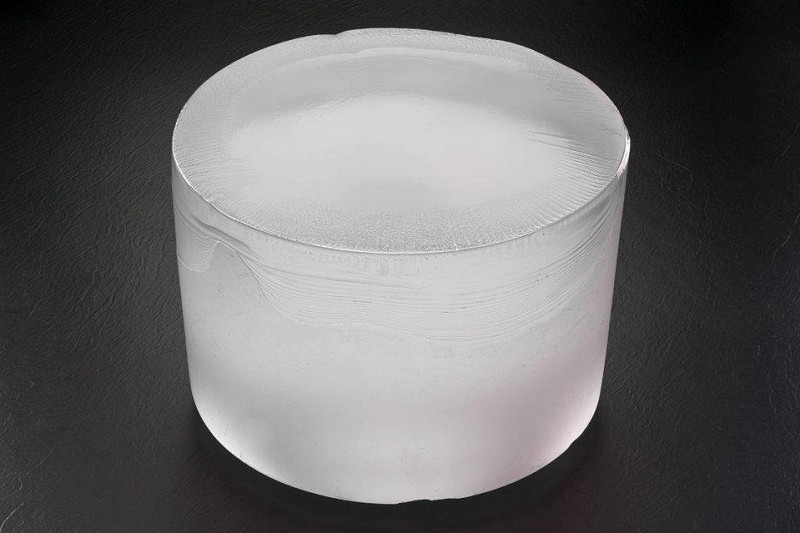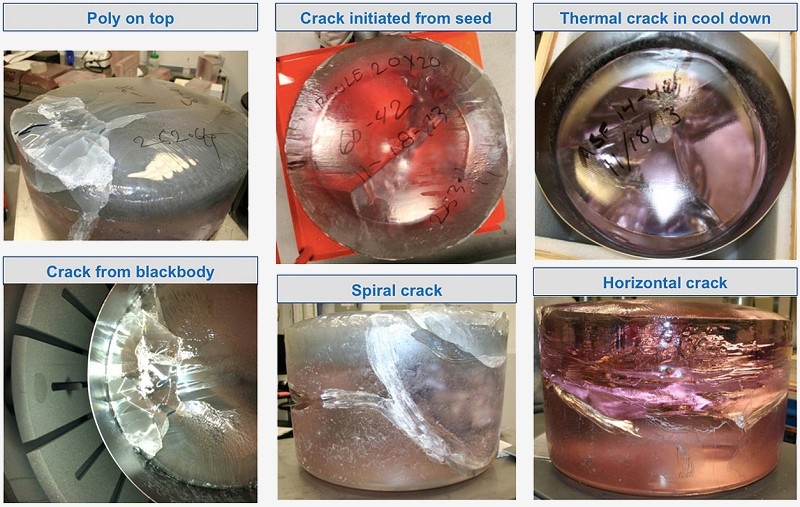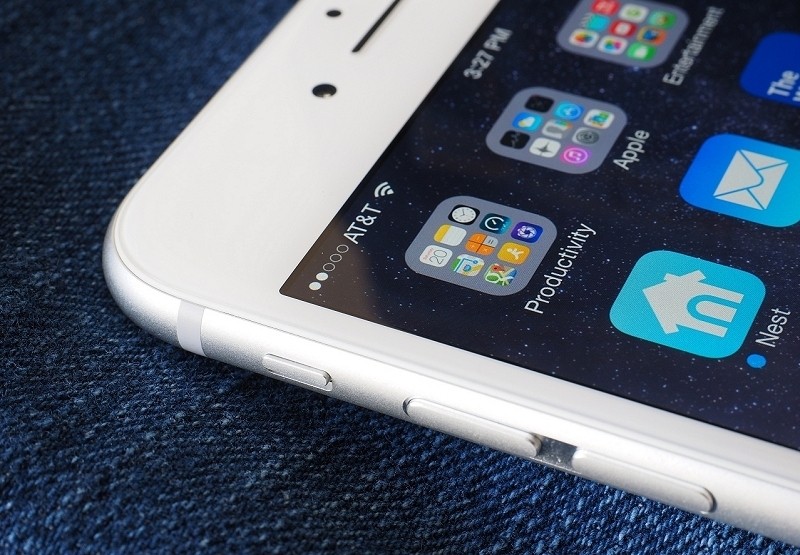Both Apple and its sapphire supplier, GT Advanced Technologies, knew well in advance of the September 9 reveal of the iPhone 6 and iPhone 6 Plus that neither handset would include the coveted glass but that's not the way it was supposed to go down.
Time and time again, rumors surfaced suggesting Apple's next iPhone would have a sapphire-coated display. And in this case, the rumor mill got it right - the current generation iPhone should have had sapphire. But it didn't, and now we have a better understanding of what went wrong (or rather, how often things went wrong).
A new Wall Street Journal piece on the subject notes how the deal between Apple and GT Advanced was doomed from the get-go. Just days before the two signed their contract, GT's first cylinder of sapphire was produced. It was flawed and unusable but Apple signed the deal anyway.

GT reportedly hired 700 staffers to fill its new Arizona manufacturing plant where they'd set about to produce 30 times more sapphire than any other factory in the world. The hiring process happened so quickly and without oversight that many people didn't even know who their boss was and without an attendance policy, sick days were noticeably higher than normal.
Because GT hadn't built enough furnaces to produce the 578-pound cylinders of sapphire known as boules, many employees didn't actually have anything to do while at work. One former employee said they just kept sweeping the floors over and over to stay busy as they watched "money flying out the door."
Each boule cost roughly $20,000 to make and took around 30 days. Half of the boules GT produced were unusable according to people familiar with the matter. There was even a "boule graveyard" - a section of the factory where unusable sapphire cylinders were stored.

Usable sapphire was cut down into 14-inch thick bricks in the shape of Apple's new phones. At one point, 500 of these bricks came up missing. A few hours later, workers realized that the good bricks had been sent off for recycling instead of shipping. Fortunately, GT was able to recover them before they were disposed of.
Not all of the blame can be put on GT, however. Apple was reportedly responsible for building the facility and supplying power. GT chief operating officer Daniel Squiller said they lost three months of production due to delays in building the plant and power outages. What's more, the company previously said the deal they signed with Apple was "oppressive and burdensome."
All said and done, Apple only received 10 percent of the sapphire agreed upon in the contract.
